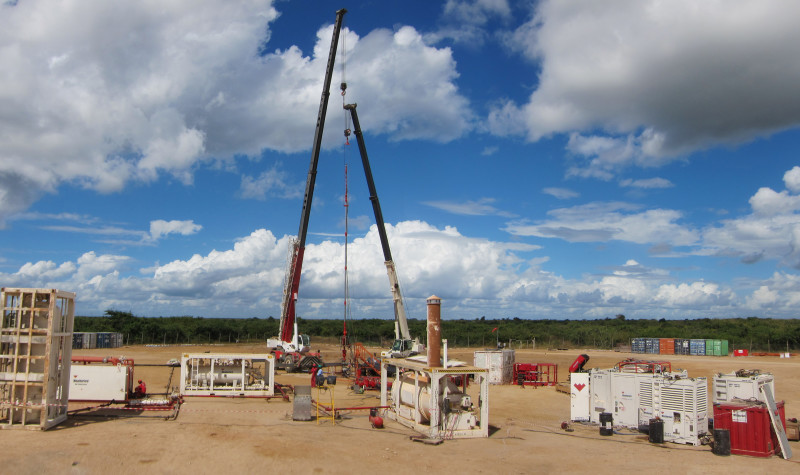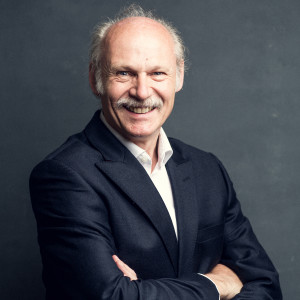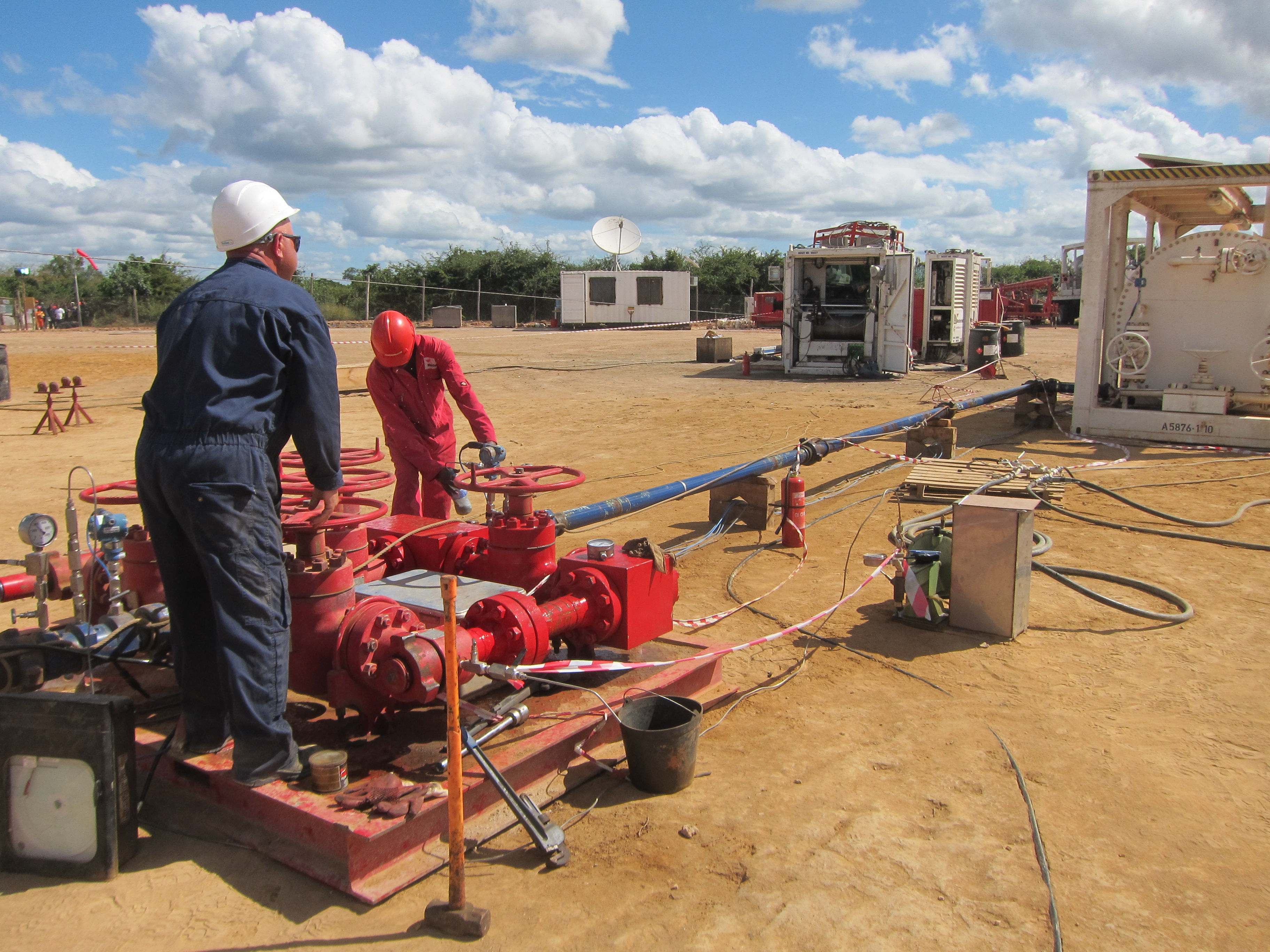Solo Oil: A “One-Of-A-Kind” Oil & Gas Investment Company

An interview with Neil Ritson, CEO of Solo Oil Plc
James Faulkner: Hi Neil. Thanks for taking the time to speak with Master Investor. Please introduce Solo Oil to our readers and explain why it is different from other Oil & Gas companies?
Neil Ritson: It’s a pleasure to share some thoughts about Solo Oil, which has quite a unique portfolio investment strategy and is a one-of-a-kind company operating on the AIM market in the oil and gas sector. We are an investment company focussed on acquiring and managing stakes in a wide range of oil and gas ventures at all stages of the value chain from exploration to production, doing so cheaply by levering off the skills of the operator.
JF: As an oil & gas investment company, how does that affect the fundamentals of Solo as an investment proposition, as opposed to being a direct operator of oil & gas assets?
NR: It is important that investors understand the difference because it underpins our strategy, as well as the way we work and build up value for our shareholders. In the first instance, it makes us nimble and low cost. As we are using the established skills of the operators, we don’t need to duplicate their work or take the time to build up a local organisation in a given country. Furthermore, when we reach a value point, we can exit quickly and without too much complexity. To date, we have been in a build phase, so the core skills we have are in project selection and relationship management. Our strategy is to identify projects with significant potential and help the operator/partners to unlock value. The assets could be an early stage project like Horse Hill in the UK or our investment in Tanzania. We might also take a stake in a more advanced project which could add revenues/cash to our portfolio. It is mainly a question of evaluating the best opportunities in the market.
JF: With the firm’s flagship assets located in Tanzania, what is it about this East African nation that makes it such an attractive proposition for gas investment?
NR: Timing was important. We got in before the really big discoveries were made, but afterwards there was enough momentum to start to build the pipeline infrastructure. Tanzania is a stable democracy and has impressive growth potential for energy use and local regional export of power. Regional droughts have placed the country in a situation where it urgently needs to build gas-fired power stations to replace failing hydroelectric plants. Our projects at Kiliwani and Ntorya have gas ready to supply into that market via a pipeline that has just been built and has large amounts of ullage available.
 Tanzania is a fast-growing country hungry for more energy. The domestic gas demand is rising each year with additional opportunities to export gas to other Sub-Saharan African countries. Some people have dubbed Tanzania “The Qatar of Africa”, yet it has a much bigger population (nearly 50 million compared to Qatar’s 2.1 million) and booming demand. The Government is committed to streamlining various projects and increasing gas production and supply. The state electricity generating and distribution company TANESCO, has a programme to construct new natural gas-fired power stations, which are set to add another 2,516 megawatts of electrical generating capacity by 2030. In addition, the European Union has set aside more than €3 billion to promote sustainable energy in Sub-Saharan Africa by 2020.
Tanzania is a fast-growing country hungry for more energy. The domestic gas demand is rising each year with additional opportunities to export gas to other Sub-Saharan African countries. Some people have dubbed Tanzania “The Qatar of Africa”, yet it has a much bigger population (nearly 50 million compared to Qatar’s 2.1 million) and booming demand. The Government is committed to streamlining various projects and increasing gas production and supply. The state electricity generating and distribution company TANESCO, has a programme to construct new natural gas-fired power stations, which are set to add another 2,516 megawatts of electrical generating capacity by 2030. In addition, the European Union has set aside more than €3 billion to promote sustainable energy in Sub-Saharan Africa by 2020.
JF: Solo recently achieved a major milestone with the Kiliwani North gas field, located onshore Tanzania, where the company holds an 8.425% stake. What can investors expect from Kiliwani in future, and what’s its significance in terms of the overall portfolio?
NR: Kiliwani was our stepping stone into gas marketing in Tanzania and we have bought into an existing discovered and developed gas field just as the taps have been turned on. We initially bought a 6.175% interest a year ago, so now everything is up and working we have the rights to increase that in stages to 10%. The gas from Kiliwani has a fixed price, delinked from global market volatility, and we will be paid under a payment guarantee mechanism in US dollars. This success paves the way for the much larger Ntorya gas project in Ruvuma.
JF: The firm also holds a 25% stake in the Ruvuma PSA, located onshore in southern Tanzania. Ruvuma recently experienced a setback when it was revealed that the majority licence holder, Aminex, would not be proceeding with plans to farmout the PSA to Bowleven, after a mutually agreeable work programme could not be decided upon. What’s the next move for Ruvuma?
NR: The farmout to Bowleven would have facilitated the next phase of Ntorya appraisal, but only if Aminex and Solo could agree the work programme with Bowleven. We couldn’t agree, so it was better to move on and re-plan. The appraisal wells are still planned for 2016, so we will simply have to arrange our finances differently. Solo, with a 25% interest in the project, is happy to dilute in a farmout if the terms are right, so we will just have to see when Aminex is ready to move forward. Ntorya, even without appraisal, is estimated to be about five times larger than Kiliwani with potentially over a trillion cubic feet of gas, so the prize is more than sufficient to get the work funded.
JF: What about the firm’s other investments? Solo was lucky enough to be involved in the recent success at the Horse Hill project in the UK, where recent drilling revealed better than expected results. What’s the long-term potential there?
NR: We joined the Horse Hill group just before the well was drilled and all the results have been better than we expected, demonstrating North Sea-like oil rates from an onshore well. The Portland Sandstone has flowed at an excellent rate on pump, which represents the highest stable dry oil flow rate from any onshore UK Portland exploration well. The emerging play in the Kimmeridge Limestones has outstripped all our expectations with an aggregate average stable rate of over 1,360 barrels of oil a day from both the Upper Kimmeridge and Lower Kimmeridge limestone. The long-term potential could be vast. A very well-developed naturally fractured reservoir in direct contact with a mature world-class source rock is really the holy-grail of exploration, so this has a lot of mileage in it.

JF: With oil prices still severely depressed, how does this affect the economics at Horse Hill?
NR: Onshore and close to infrastructure we can’t see a significant problem with economics at $40/barrel. It may be a little challenging below $30/barrel, but that will depend on the development plan, which we can only now start to consider with the recent flow test results available.
JF: Sticking with the theme of low oil prices, do you see the current environment as a good opportunity to take advantage of that weakness through adding to the portfolio?
NR: This is a good point, James. Given the nature and the core strategy of the Company, we can actually take advantage of a bearish market and pick and choose the best opportunities to invest and when time is right. Not many companies have this luxury. The trick is to get the bottom of the asset trading market, but to have enough impetus in the capital markets. That will take a bit of luck to get right, but there are certainly opportunities to add cheaply to the portfolio, and we are on the lookout. We have recently added the Arreton discovery on the Isle of Wight to our portfolio in the UK and look forward to some exciting news there in the next year.
JF: Could you summarise your investment criteria in oil & gas assets and your strategy to deliver value to shareholders?
NR: As a non-operator we have three things we look for in an investment: firstly, and most critically, a good operator with a proven track record where they operate; secondly, a special situation that allows Solo to access the opportunity at the right time and price; and finally, a high quality oil and gas asset. When those three things come together and we can get the timing right, as we have in Tanzania, we have the ideal situation. So far, in addition to Kiliwani we have been involved in drilling five new wells and all five found hydrocarbons, with four of them in commercial quantities, so we have shown the model works. We also need to choose our exit point and lock in the value. That can then be reinvested in the next opportunity and the process can be repeated.
JF: Solo Oil will be presenting at Master Investor 2016 in Islington on 23rd April and you also have a speaking slot in the breakfast sessions. Where can readers find you on the day and can we have a sneak peek of what you’ll be discussing in your presentation to investors?
NR: Our presentation will be focussed on explaining to investors how we work and build value. Our team will be at stand 14 in the natural resources village to answer questions and provide further insights into the unique investment model and track record that Solo is developing.
Comments (0)